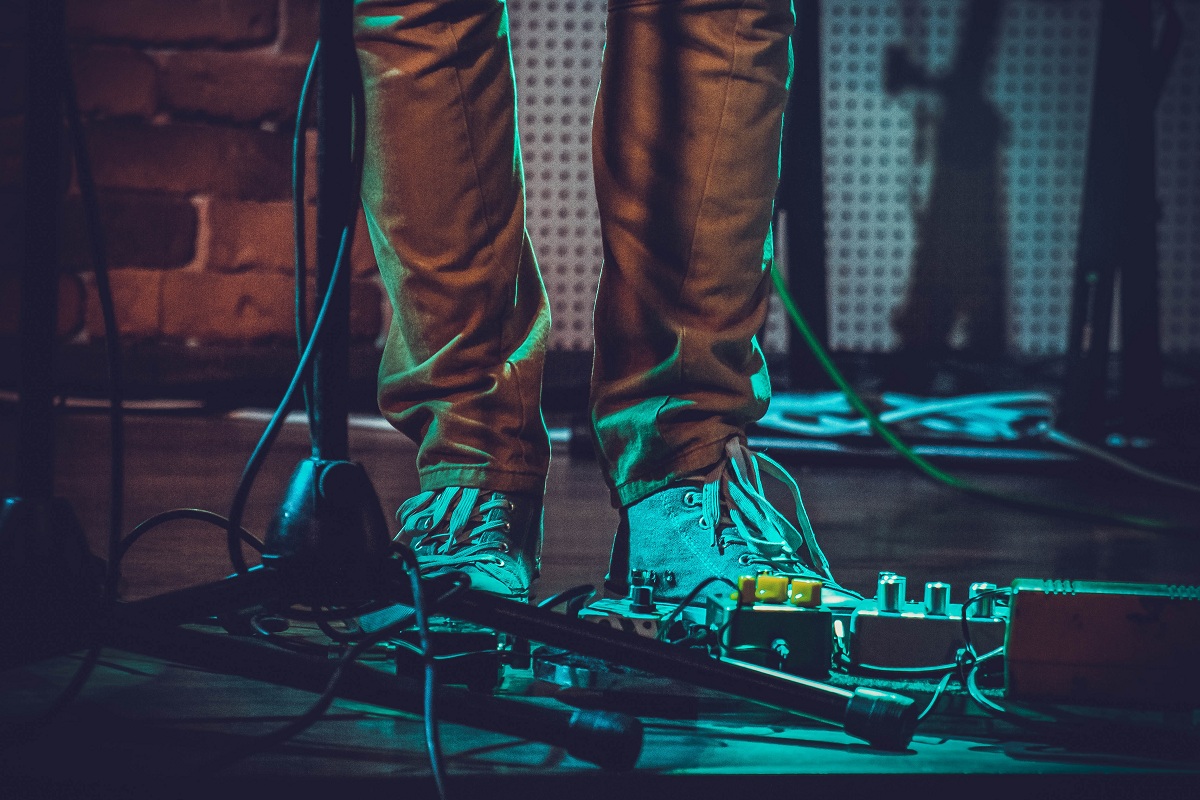
I bet that almost everyone has had an interest in learning how to play the guitar at some point in their lives, and literally everyone is familiar with its sound. But as a guitar player, how do you stand out from the crowd of guitar enthusiasts? A unique sound can do wonders for your performance or recording, even if you’re relatively new to this kind of art. Additionally, you can brand your project by having a distinct sound that not many people are familiar with. But how do you make the most out of your guitar, and how do you “invent” a sound that will be unique to your style? Quite simple I’d say – by utilising guitar pedals.
If you’re on the market looking for guitar pedals, you’ll come across two types – PCB and hand wired pedals. Initially, all pedals were made by hand, but due to technological advancements in the past several years, more and more of them are PCB. A hand wired guitar pedal and PCB pedal are similar in quality, although hand wired guitar pedals are considered better.

However, some types of PCB pedals perform better than hand wired ones. For instance, the Mighty Red Distortion pedal has more output, the Forest Green Compressor has a different function on the tone-pot, etc. But regardless of whether you’ve decided to go for a hand wired guitar pedal or a PCB one, you’ll come across pedals that have different effects. The most commonly utilised ones are the overdrive, distortion, and the “wah” effect.
Overdrive
The overdrive effect naturally results from the breakup that occurs when a tube amp receives a hot signal from the guitar. This pushes the tubes to deliver a warm, subtle breakup. Typically, the overdrive effect is a more natural, subdued form of the distortion effect. While you don’t necessarily have to use an overdrive pedal with a tube amp to get a good sound, combining the two can produce a pleasing, rich tone that a lot of guitarists prefer.
Distortion
Distortion plays a crucial role in modern guitar styles, which is why it is by far one of the most used types of pedals. Most distortion pedals feature tone and intensity controls but vary greatly in terms of the sounds they can create. You’ll be surprised by all the different types of distortion effects that can be produced – from harsh, jagged and piercing – to rich, smooth, melodic, and creamy.
Wah
The “wah” effect is Slash’s signature effect. As you press the pedal, the sound your guitar makes becomes more trebly. As you release – the treble range is muted. When it’s in the middle position, the “wah” becomes a midrange-heavy, nasal tone that’s useful and interesting on its own. Since you can constantly change the tone while playing, it’s a very expressive and dynamic effect that can become a key part of your guitar playing.
























